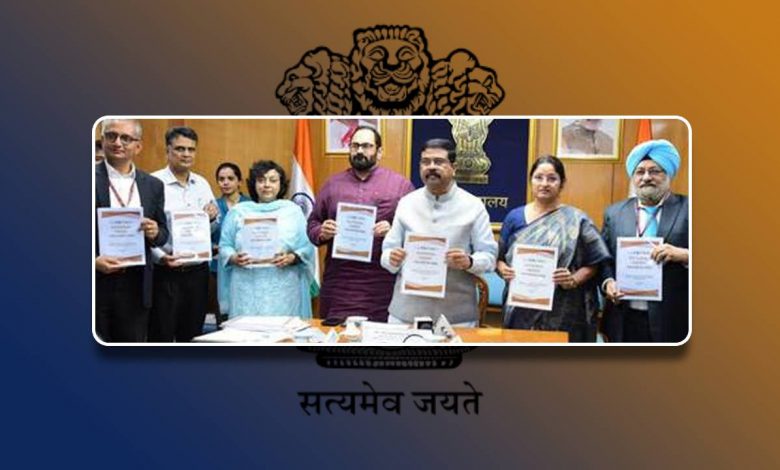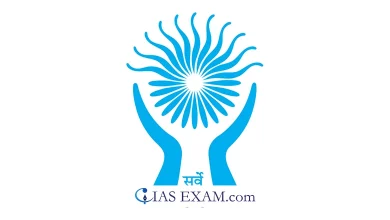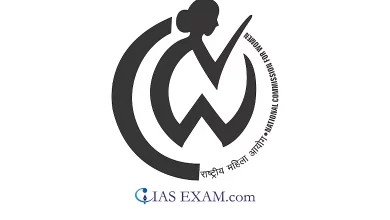Daily Current Affairs for UPSC
Draft National Credit Framework

Topic- Governance [GS Paper-2]
Context- The Union Minister of Education and Minister of Skill Development & Entrepreneurship have launched the draft of the National Credit Framework(NCrF) for public consultation.
Key Highlights
- The Union Education Minister has recently launched the National Curriculum Framework in which the Central Government of India advocated credit-based courses and framework for higher education.
- Various stakeholders of the education system have agreed upon the major features of NCrF in the meeting held by the National Council for Vocational Education and Training (NCVET) July 13th, 2022.
- A credit-based framework has been proposed in which Class 5 will be taken as Level 1, Class 8 as Level 2, Class 10 as level 3 and Class 12 as Level 4.
- Through this students will get 1 credit each for every 30 hours, according to which they get 40 credits in an academic year and likewise 20 credits in a semester of six months.
- Till now the Centre has agreed that the students will complete 1200 total national learning hours in an academic year for higher and vocational courses while for early education, they will complete 800-1000 hours per year.
National Credit Framework
- National Credit Framework was developed to enable the integration of academic and vocational domains to ensure flexibility and mobility between them.
- Its main objective is to formulate a unified credit accumulation and transfer for general and vocational studies, and from school to higher education.
- It will be launched as a segment of the implementation of the National Education Policy (NEP) 2020, which advocates that there should be “no hard separations” between vocational and academic streams.
- The NCrF will be operationalised through the Academic Bank of Credits(ABC) where Aadhaar will be used for student registration, and each candidate will be assigned an academic bank account number, where degrees and credits will be accumulated.
- There are are 5 major categories included in the framework such as
- Classroom teaching, learning, laboratory work, class projects
- Sports and games, yoga, physical activities, performing arts, music, handicraft bag, and bag less days
- Yearly and half yearly examination, class tests or quizzes, assessments
- Vocational education and training, skilling, field visits, minor/ major project work
- Job training/ internship/ apprenticeship/ experiential learning
Significances of NCrF
- NCrF will ensure flexibility in the duration of courses through provisions of multiple entries and exit or multiple work options as well as pave the path for creditisation of all learning hours, including academic, vocational and experiential learning.
- The Framework will also give the provision for lifelong learning i.e. anytime anywhere learning.
- NCrF will bring about a unification of higher education institutions that will help to promote multidisciplinary education, creating a diverse and rich student knowledge base.
- It is expected to assist the government in order to increase the enrolment of students, helping to fulfil the national vision of complementing the demographic dividend and transforming India into the Skill Capital of the World.
- NCrF will also allow students to attain NSQF-approved foundational skills developed by industry and be more employable.
- The provision of micro credentials will allow integration of quick educational upgradation or up-skilling.
National Education Policy 2020
- The National Education Policy of India 2020 i.e. NEP 2020, was started by the Union Cabinet of India by replacing the previous National Policy on Education, 1986.
- The policy is a comprehensive framework framed for elementary education to higher education as well as vocational training in both rural and urban India.
- The National Education Policy 2020 works for transforming education in India by 2030.
- It has been elevating the education system on a path to delivering the highest quality education for all, with equity and inclusion.





.png)



